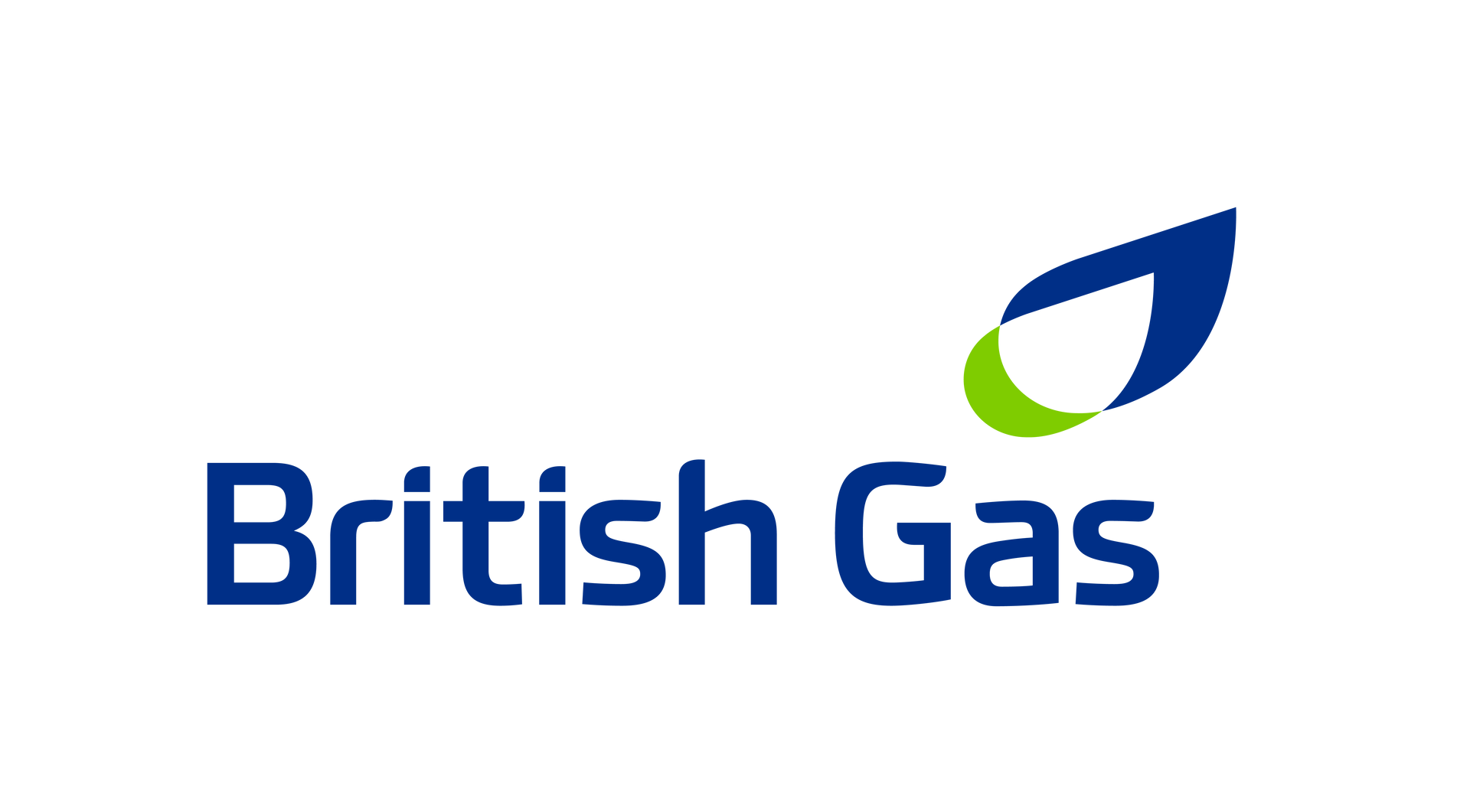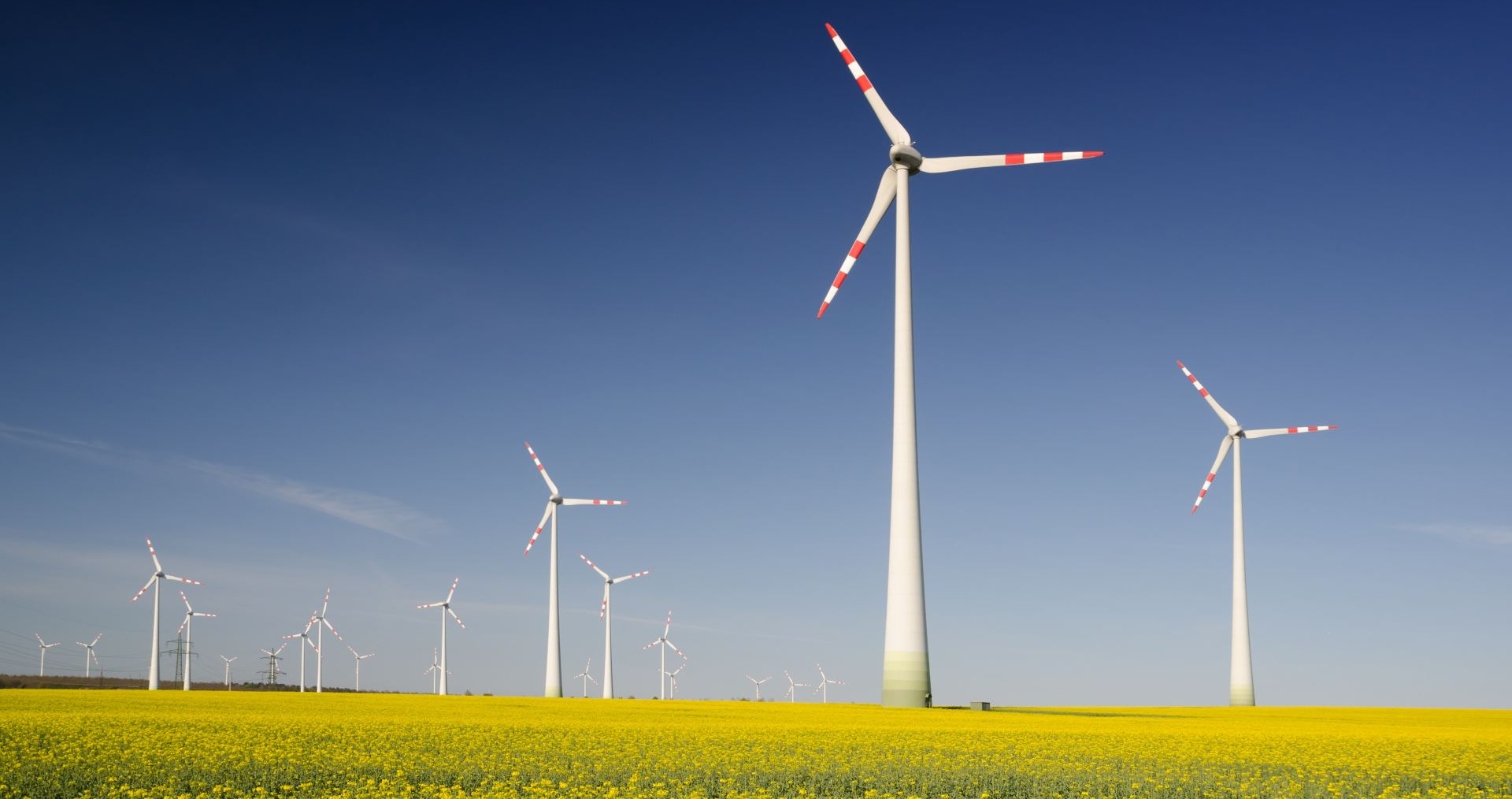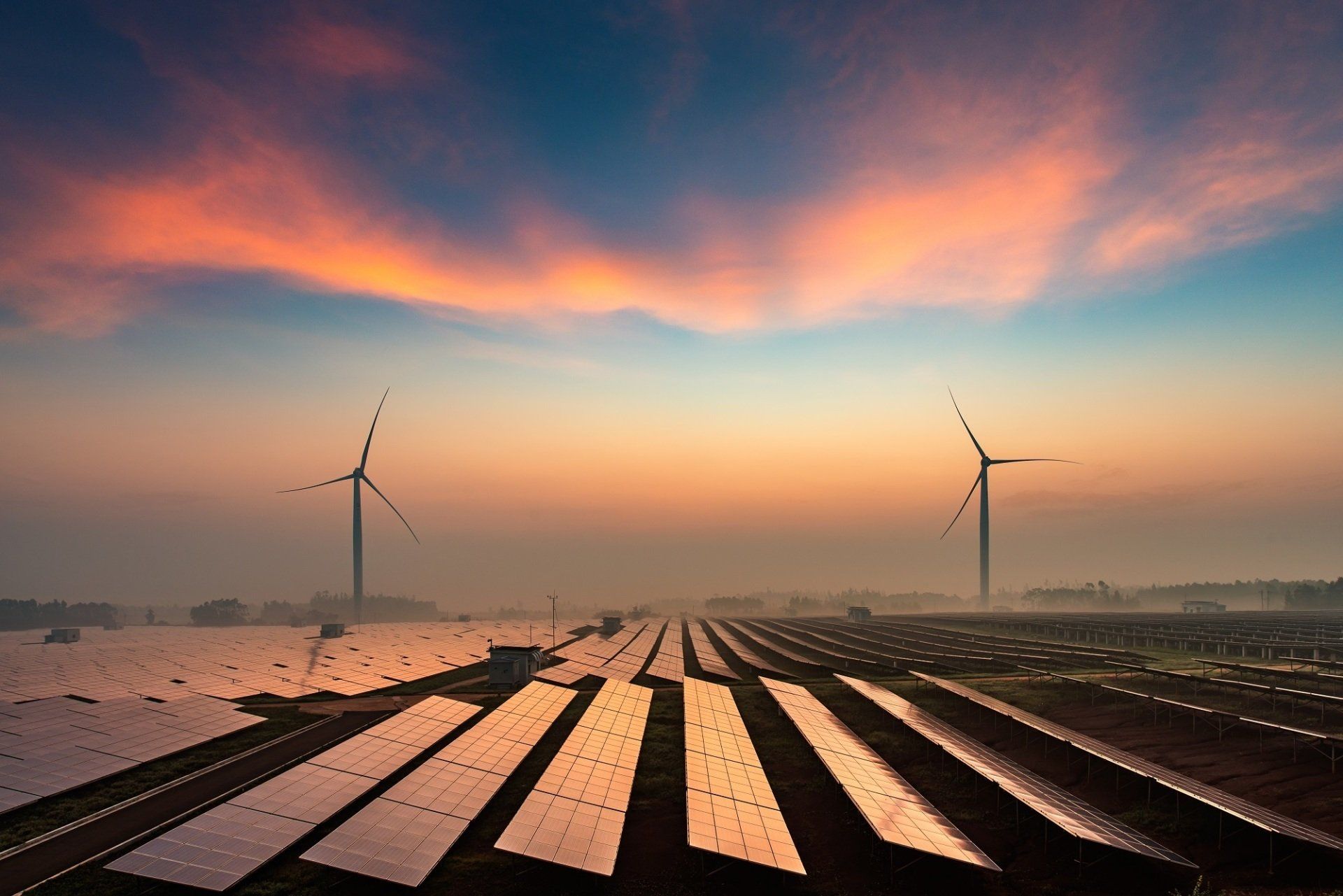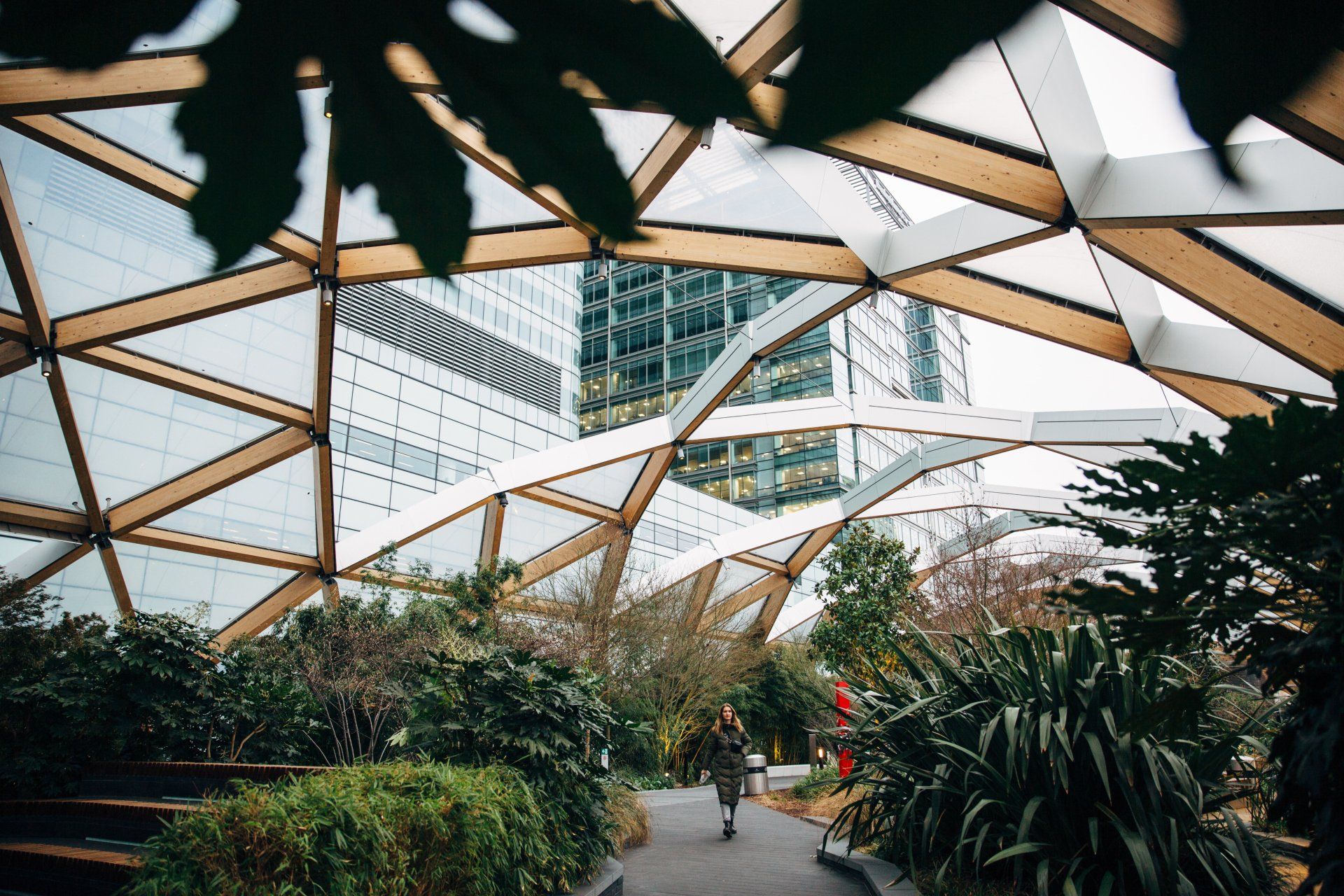Follow us
The future looks green for the NHS
NHS Property Services has switched to renewable electricity for its entire property portfolio...
that’s 3,500 buildings!
NHS Property Services has switched to renewable electricity for its entire property portfolio...
that’s 3,500 buildings!
According to the World Health Organisation, climate change is the greatest threat to global health in the 21st Century. Reason enough for healthcare organisations like the NHS to tackle it.
But why focus on sustainability? And why should we care whether the NHS is sustainable or not?
A vital contribution
A vital contribution
Turns out the NHS is the UK’s biggest public greenhouse gas emitter and is currently responsible for around 4-5% of the UK’s carbon footprint. It means when it comes to reducing carbon emissions and working towards a more sustainable society, the NHS can make a pretty significant contribution.
Good news for everyone then that from April 2020 we started providing 100% renewable electricity to over 10% of the NHS estate. Why 10%? Well the NHS Property Services (NHSPS) is the driving force behind the transformation and they’re responsible for that amount of the total NHS estate.
Or to put it another way, the NHSPS has switched to renewable electricity for its entire property portfolio – that’s 3,500 buildings (covering mostly hospitals, health centres and GP surgeries). No mean feat, but by making these sites more environmentally friendly, NHSPS will reduce CO2 by over 40,000 tonnes per year.
What we have done
The times they are a-changin’
The move comes at a time of major change and increasing demand for the NHS. In September 2019, Simon Stevens, Chief Executive of NHS England, said the NHS would be accelerating its efforts to tackle climate change with a series of co-ordinated measures to reduce its carbon output.
The NHSPS is certainly delivering on their side of things. Promoting sustainable practices in all its buildings is an unequivocal leap forward in the effort to tackle climate change. Not to mention reduce NHS operating and maintenance costs.
But more than that, the new measures will also help the NHS improve the wellbeing of its people and patients. With a more fit for purpose estate, the NHS can generate vital funds that can be reinvested back into the system to support improvements in frontline patient care. All while paving the way towards a more sustainable health service.
British Gas Solutions
Switching to a renewable electricity tariff is one of the simplest yet most effective measures any organisation can take towards reducing emissions and meeting the government’s net zero targets.
We can help you with a 100% renewable electricity product that’s independently certified by the Carbon Trust. We’re one of only two energy suppliers and the largest to receive this assurance.
Contact our energy experts to find out more.






